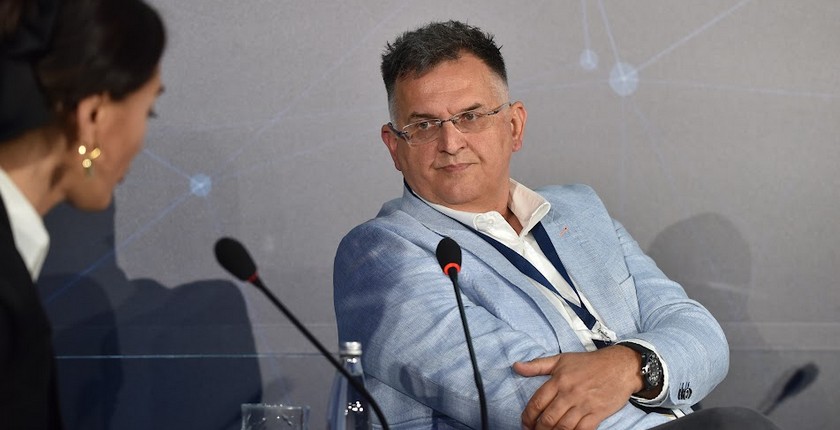
Photo: Balkan Green Energy News
Lafarge Serbia, the leading cement producer in the country, does not lack the necessary knowledge, equipment or investments to adapt to a new business environment after the introduction of the European Union’s carbon border tax, but it does need support from Serbian regulators on the path to decarbonization, according to Dimitrije Knjeginjic, the company’s CEO.
Talking about the EU’s Carbon Border Adjustment Mechanism (CBAM), Knjeginjić recalled that from January 1, 2026, the cement industry will have to pay for every ton of CO2 emitted. According to him, this means that the company will have to make significant changes to its operations in order to adapt to the new conditions.
Knjeginjić: We have made all necessary investments. What we need is the government’s understanding.
“On that path, we do not lack the know-how and the skills, or the equipment. We have invested into everything we needed to invest in, we only need the understanding of the Government of Serbia, so that we can untie this knot together, and be prepared for January 1, 2026,” Knjeginjić stated on the sidelines of Belgrade Energy Forum 2024.
Lafarge is a leading producer of construction materials in Serbia, and number one in the production of cement, fresh concrete, stone, and stone fractions, he stressed.
Speaking at a panel titled ‘Decarbonizing industry and business in response to Green Agenda and carbon pricing’, held as part of Belgrade Energy Forum – BEF 2024, Knjeginjić said that the cement industry does not need subsidies to reduce CO2 emissions, but appropriate regulations that would facilitate decarbonization.
Solutions already exist, we just need to copy the EU’s regulations
“We don’t need someone to invent solutions – they already exist – nor do we need to reinvent the wheel. We only need to apply what already exists in the EU, to copy their laws come January 1, 2026,” Knjeginjić said at the panel.
One of the solutions, according to him, is for the authorities to allow at least three cement plants in Serbia to install cogeneration facilities in order to enable non-recyclable waste from city landfills to be used for energy production.


















Be the first one to comment on this article.